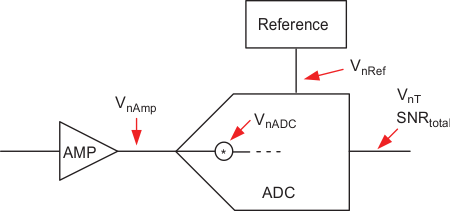SLYY211 October 2021 TMS320F2800132 , TMS320F2800133 , TMS320F2800135 , TMS320F2800137 , TMS320F2800152-Q1 , TMS320F2800153-Q1 , TMS320F2800154-Q1 , TMS320F2800155 , TMS320F2800155-Q1 , TMS320F2800156-Q1 , TMS320F2800157 , TMS320F2800157-Q1 , TMS320F280021 , TMS320F280021-Q1 , TMS320F280023 , TMS320F280023-Q1 , TMS320F280023C , TMS320F280025 , TMS320F280025-Q1 , TMS320F280025C , TMS320F280025C-Q1 , TMS320F280033 , TMS320F280034 , TMS320F280034-Q1 , TMS320F280036-Q1 , TMS320F280036C-Q1 , TMS320F280037 , TMS320F280037-Q1 , TMS320F280037C , TMS320F280037C-Q1 , TMS320F280038-Q1 , TMS320F280038C-Q1 , TMS320F280039 , TMS320F280039-Q1 , TMS320F280039C , TMS320F280039C-Q1 , TMS320F280040-Q1 , TMS320F280040C-Q1 , TMS320F280041 , TMS320F280041-Q1 , TMS320F280041C , TMS320F280041C-Q1 , TMS320F280045 , TMS320F280048-Q1 , TMS320F280048C-Q1 , TMS320F280049 , TMS320F280049-Q1 , TMS320F280049C , TMS320F280049C-Q1 , TMS320F28075 , TMS320F28075-Q1 , TMS320F28076 , TMS320F28374D , TMS320F28374S , TMS320F28375D , TMS320F28375S , TMS320F28375S-Q1 , TMS320F28376D , TMS320F28376S , TMS320F28377D , TMS320F28377D-EP , TMS320F28377D-Q1 , TMS320F28377S , TMS320F28377S-Q1 , TMS320F28378D , TMS320F28378S , TMS320F28379D , TMS320F28379D-Q1 , TMS320F28379S
- 1 Message from the editors
- 2 System Design
- 3 Controllers
- 4 ADC
- 5 Comparator
- 6 Processing
- 7 Encoders
- 8 Pulse width modulation (PWM)
- 9 DAC
- 10Mathematical models
- 11Important Notice
4.8 ADC system noise
 Figure 4-8 ADC noise.
Figure 4-8 ADC noise.VFSR = the ADC full scale range from the data sheet
VFSR_RMS = This finds the maximum RMS amplitude of a sine wave applied to an ADC. Dividing the ADC full scale range by 2 converts peak-to-peak to peak. Multiplying by 0.707 converts to RMS.
SNRADC = Data converter signal to noise ratio specification from data sheet
VnADC = Noise in volts RMS derived from the SNR equation. Converting noise to volts allows it to be combined with amplifier and reference noise.
VnAmp = Amplifier noise in volts RMS calculated or simulated using data sheet parameters
VnRef = Reference noise in volts RMS calculated or simulated using data sheet parameters
VnT = Total noise in volts RMS calculated by combining ADC, amplifier, and reference noise